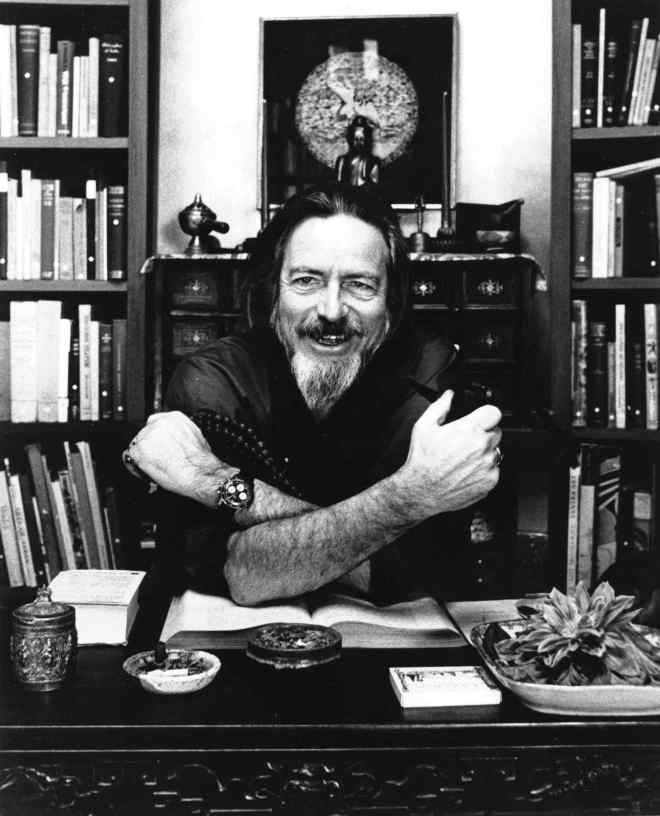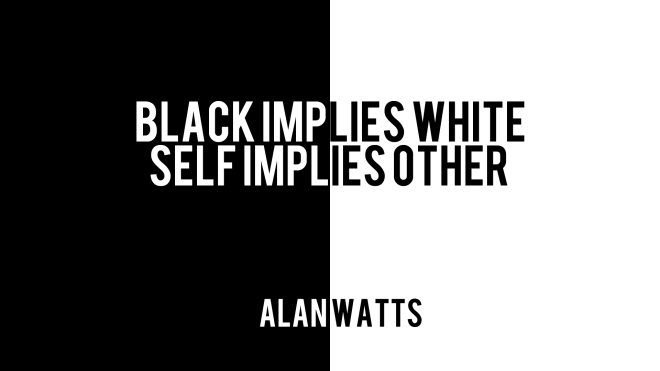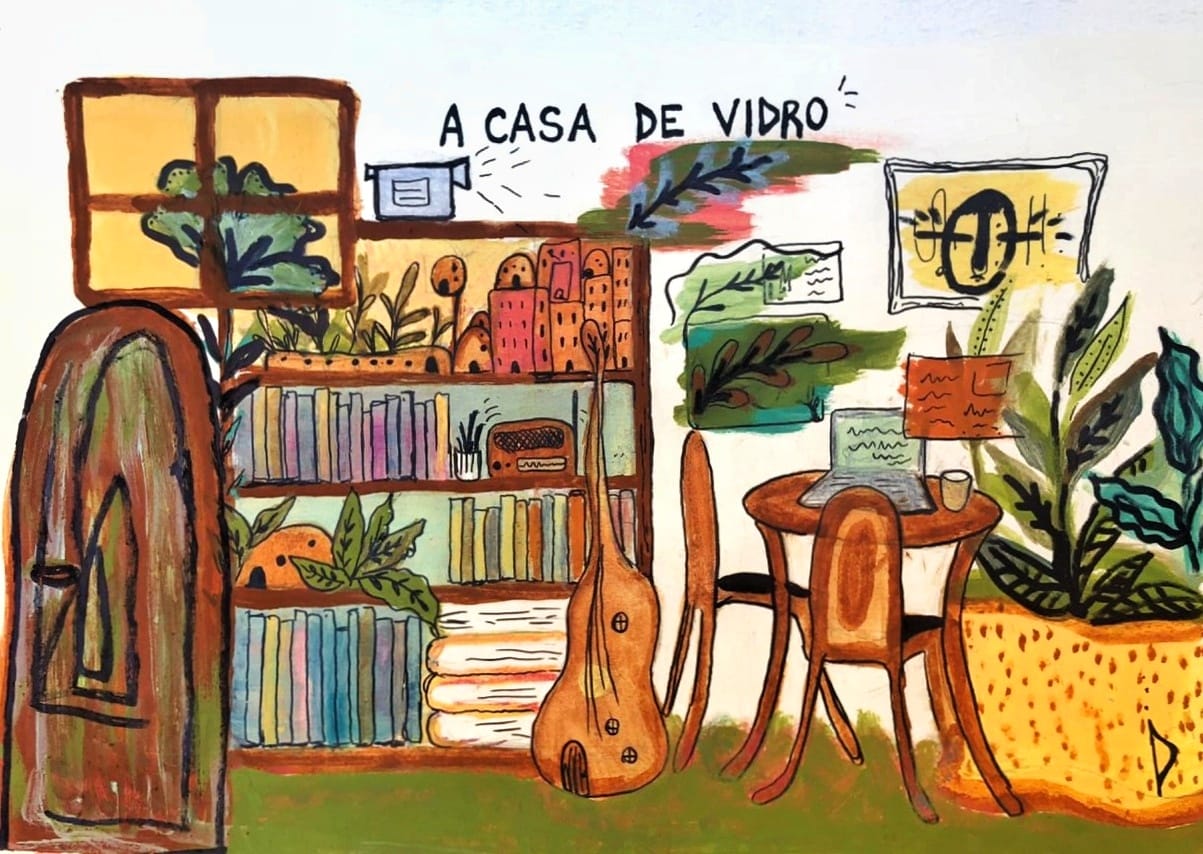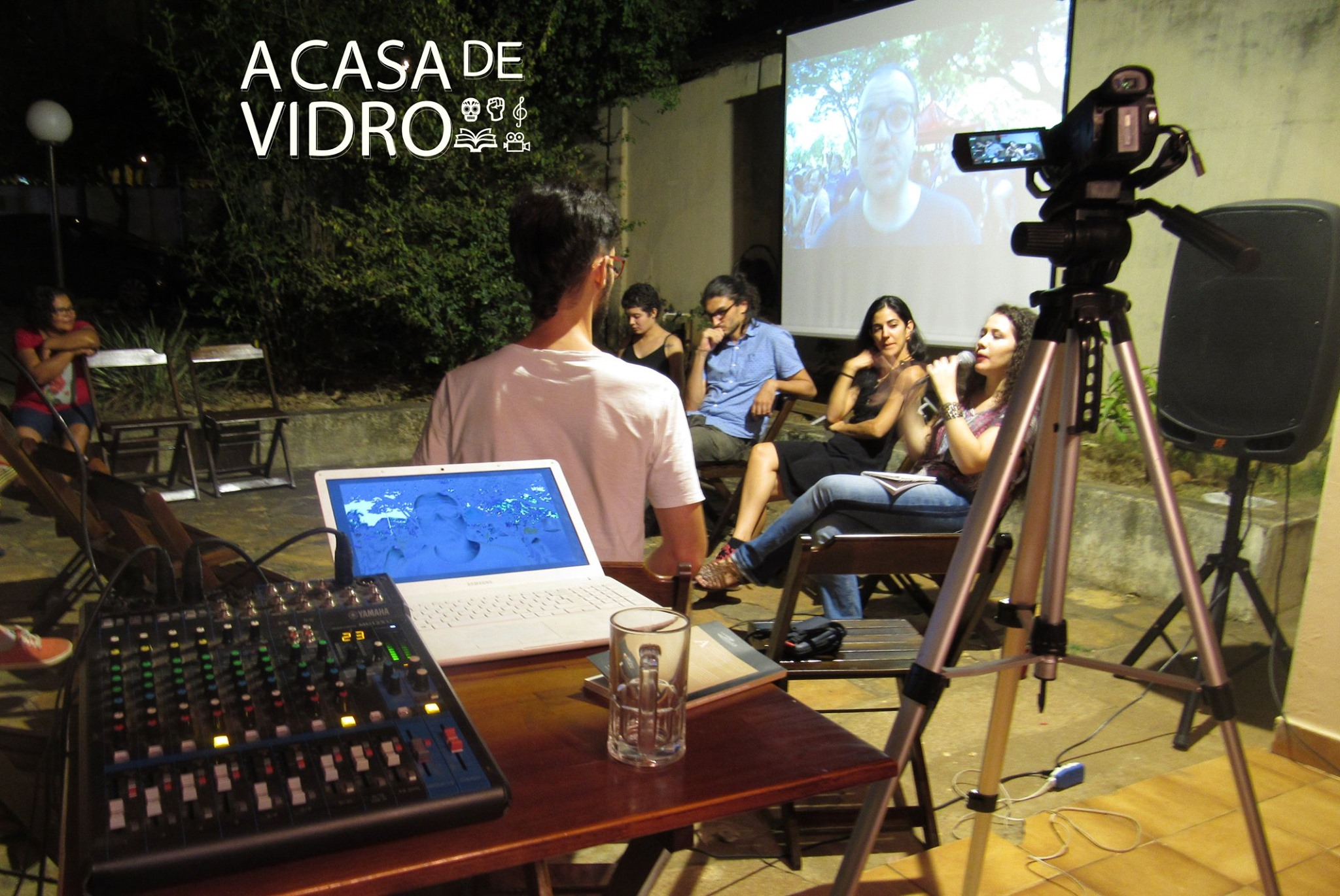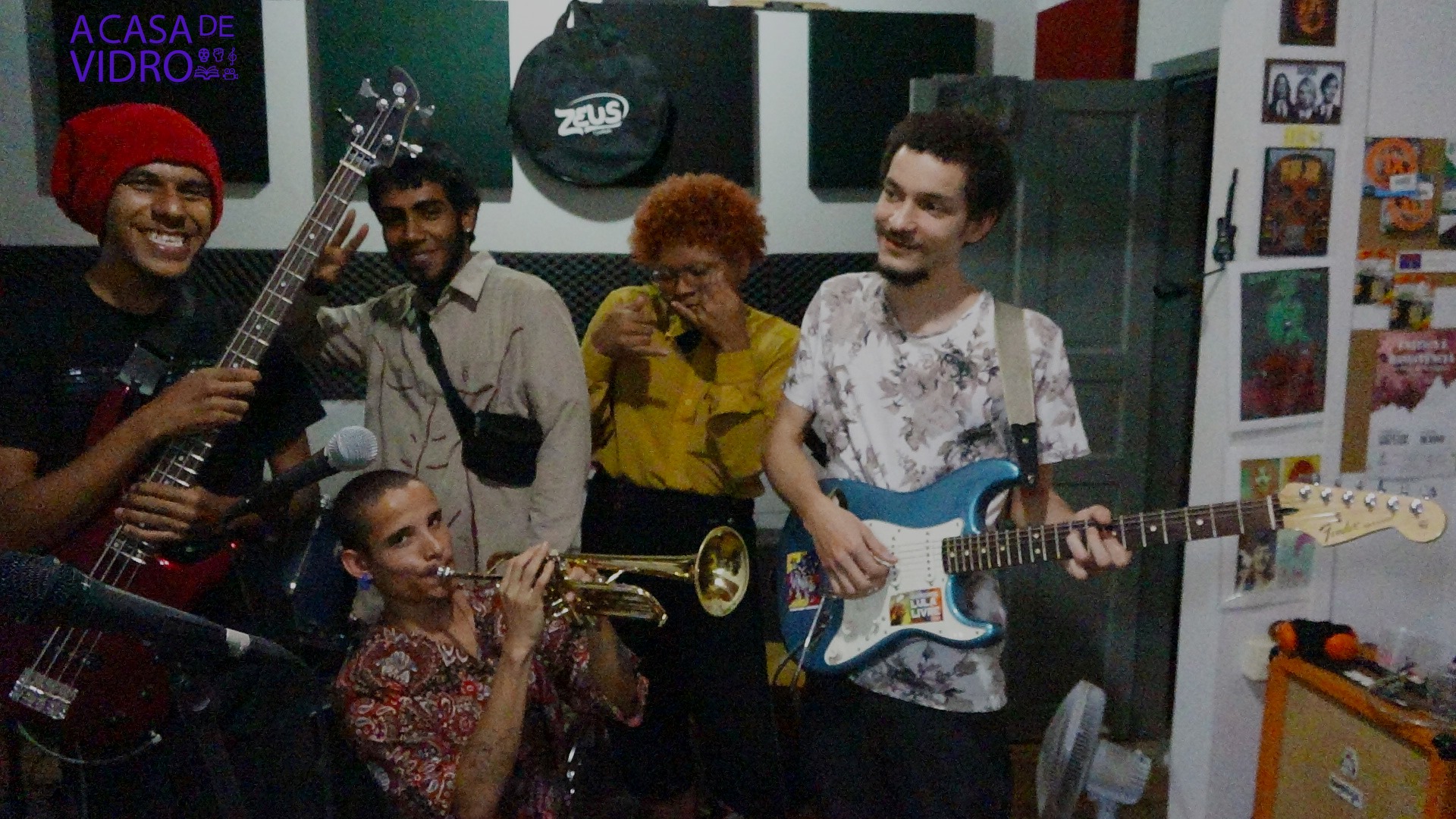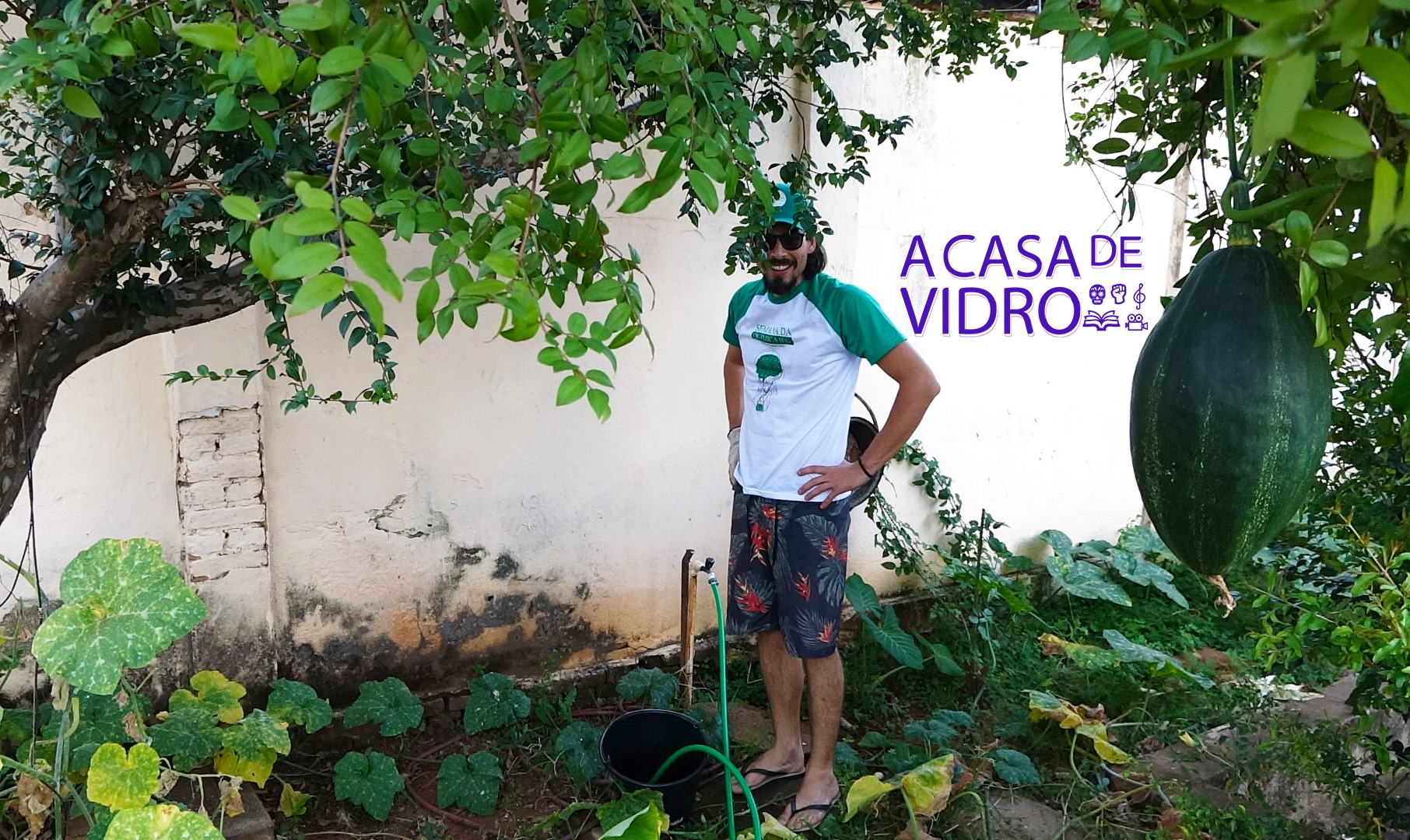Alan Watts (1915-1973): The Continuous Stream of Life
“Man as an organism is to the world outside like a whirlpool is to a river: man and world are a single natural process, but we are behaving as if we were invaders and plunderers in a foreign territory. For when the individual is defined and felt as the separate personality or ego, he remains unaware that his actual body is a dancing pattern of energy that simply does not happen by itself. It happens only in concert with myriads of other patterns – called animals, plants, insects, bacteria, minerals, liquids, and gases. The definition of a person and the normal feeling of ‘I’ do not effectively include these relationships. You say, ‘I came into this world.’ You didn’t; you came out of it, as a branch from a tree.” (pg. 20)
“The special branch of science which studies the relation of living beings to their environments – ecology – shows beyond doubt that the individual organism and its environment are a continuous stream, or field, of energy. To draw a new moral from the bees and the flowers: the two organisms are very different, for one is rooted in the ground and broadcasts perfume, while the other moves freely in the air and buzzes. But because they cannot exist without each other, it makes real sense to say that they are in fact two aspects of a single organism. Our heads are very different in appearance from our feet, but we recognize them as belonging to one individual because they are obviously connected by skin and bones. But less obvious connections are no less real…
Civilized human beings are alarmingly ignorant of the fact that they are continuous with their natural surroundings. It is as necessary to have air, water, plants, insects, birds, fish, and mammals as it is to have brains, hearts, lungs, and stomachs. The former are our external organs in the same way that the latter are our internal organs. (…) The sun, the earth, and the forests are just as much features of your own body as your brain. Erosion of the soil is as much a personal disease as leprosy, and many ‘growing communities’ are as disastrous as cancer. That we do not feel this to be obvious is the result of centuries of habituation to the idea that oneself is only the envelope of skin and its contents, the inside but not the outside. The extreme folly of this notion becomes clear as soon as you try to imagine an inside with no outside, or an outside with no inside.” (pg. 36-37)
“Civilization, as we have worked it out, is a system of screens which conceal the connections between events. (…) Bacon, as found packaged in the supermarket, gives no intimation of pig, and steaks appear as if they were entities like apples, having no relation to the slicing of dead cattle. To remove such screens is held to be as offensive and vulgar as to relieve one’s bowels in the gutter of a public street.” (pg. 40)
ALAN WATTS.
“Does It Matter? Essays on Man’s Relation to Materiality.”
New World Library, California, 2007.
Available at the Toronto Public Library.
[youtube id=http://youtu.be/c06eQKp_vQg]
[youtube id=http://youtu.be/ssDY74nLuLg]
Publicado em: 08/02/14
De autoria: casadevidro247
